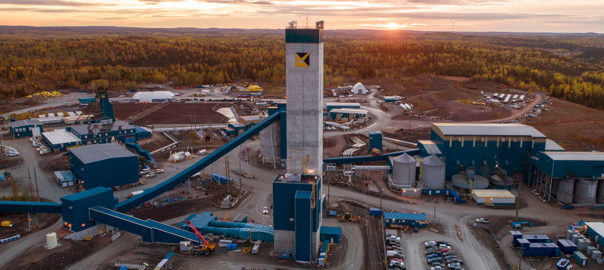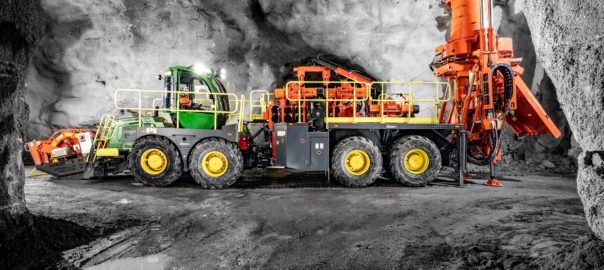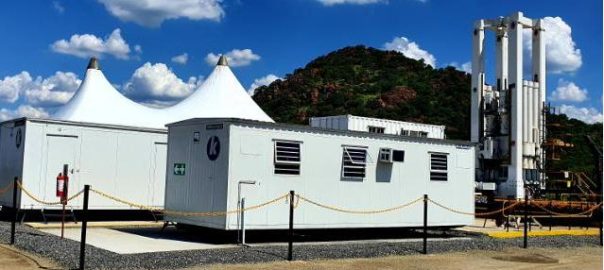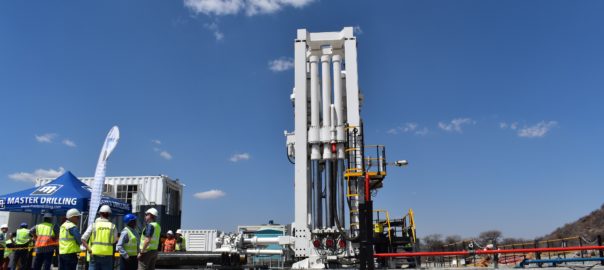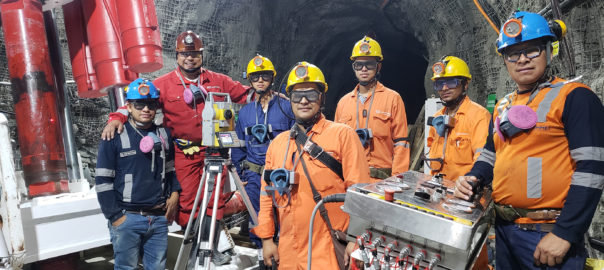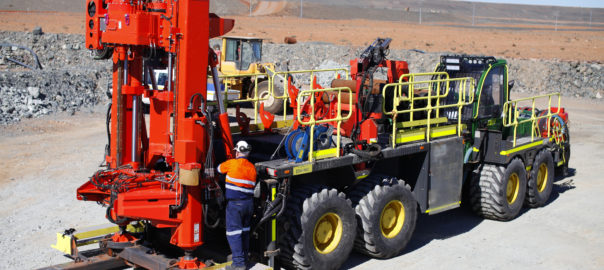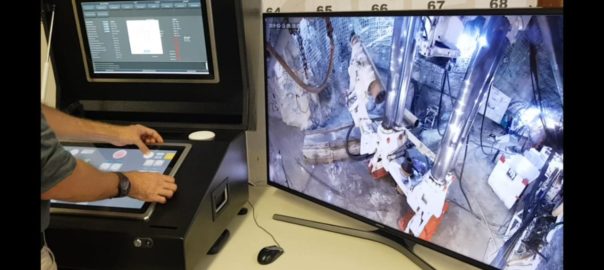Panoramic Resources says underground development at the Savannah nickel project in Western Australia is moving ahead as planned, with both its raisebore contractor and contract miner striving towards the ASX-listed company’s first half 2021 restart goal.
In a progress update, the company said mining contractor, Barminco, had completed the 468 m horizontal underground development drive, connecting with the vertical ventilation shaft to complete Fresh Air Raise (FAR #3) development at Savannah North, in late September.
Since then, specialist raiseboring contractor, RUC Mining, has been setting up the raisebore rig on the surface and installing the reamer head at the 1675 RL, which was developed to intersect into the existing FAR #3 raise.
“This complicated and critical task was completed safely and efficiently as planned,” Panoramic said on October 19. “RUC is tasked with the FAR #3 back-reaming, which commenced over the weekend and expected to be completed in the March 2021 quarter.”
A total of 354 m will be back reamed at a diameter of 3.85 m, according to the company. This is planned to provide sufficient ventilation to support future full-scale mining operations from Savannah North in line with the Mine Plan released in late July.
Managing Director and CEO, Victor Rajasooriar, said: “We now have a firm foundation to recommence underground pre-production development next month, to complete ventilation works for Savannah North and complete areas of capital development to lay further groundwork for a potential restart of operations. This work will be concluded towards the end of the March quarter 2021 and we expect to be in a position where the project is capable of being restarted in the first half of 2021.”
The Savannah Mine Plan outlined a mine life of around 13 years, with the majority of ore sourced from the Savannah North orebody. Average annual production for years 1-12 would be 8,810 t of nickel, 4, 579 t of copper and 659 t of cobalt in concentrate, with all-in costs for these years of $5.27/lb of payable nickel, net of copper and cobalt by-product credits.









